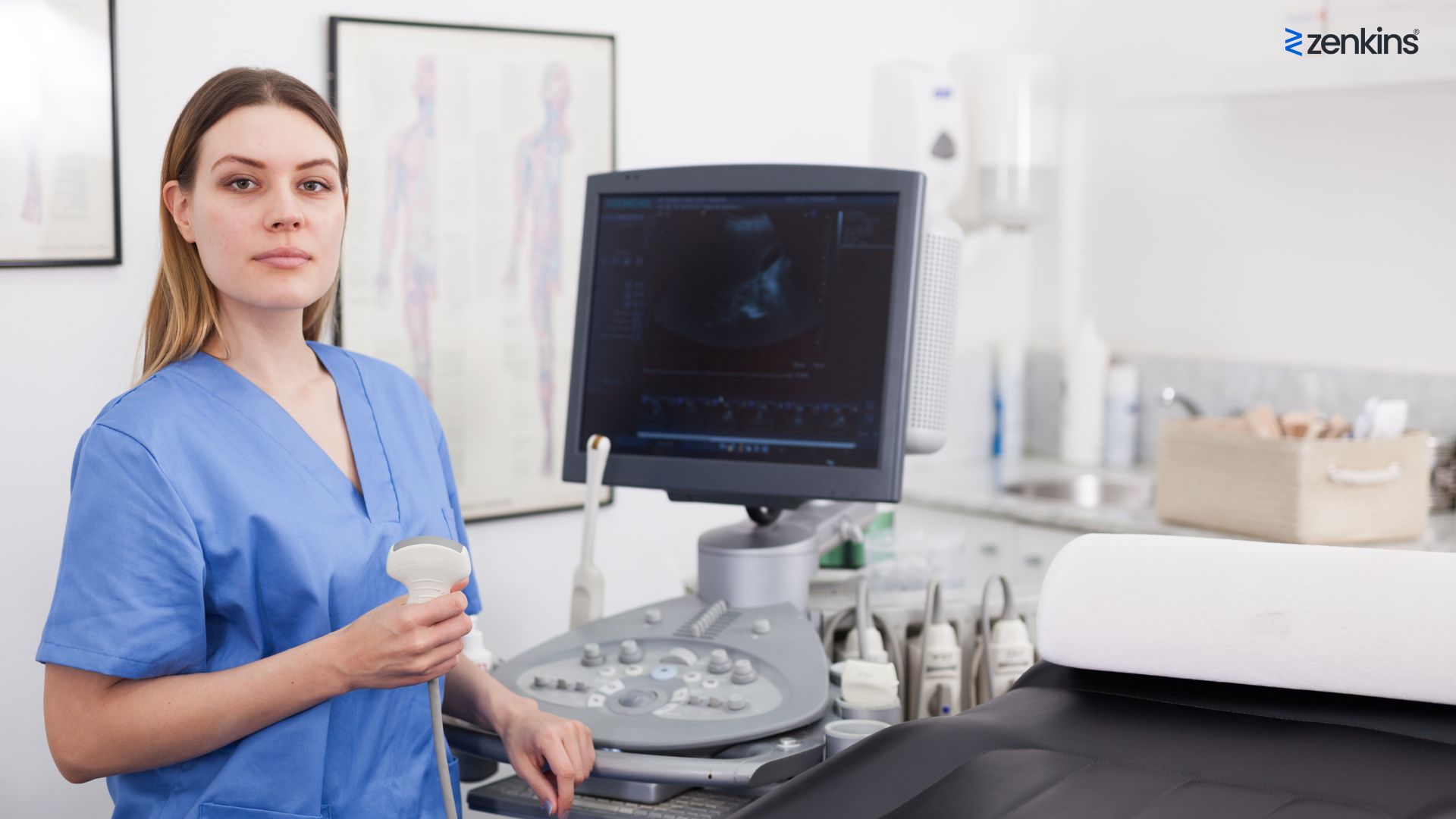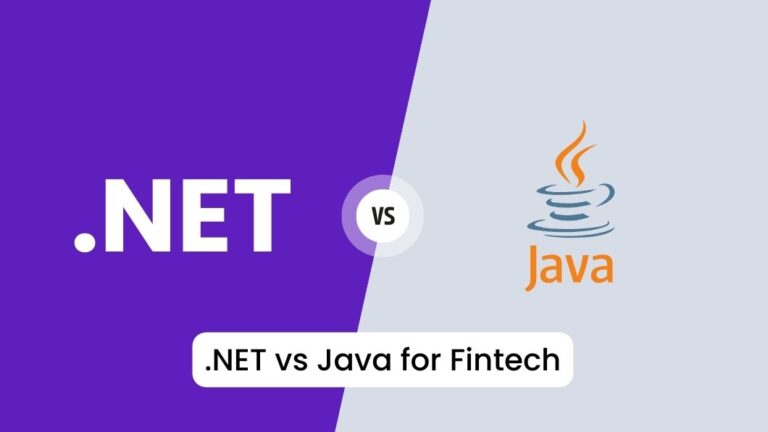Improving Hospital Efficiency: Software Solutions for Healthcare Facilities
Table of Contents
In today’s rapidly evolving healthcare landscape, hospitals and healthcare facilities face numerous challenges in delivering efficient and high-quality care. Factors such as increasing patient volumes, complex administrative processes, and the need for seamless communication among care teams can hinder operational efficiency. However, software solutions tailored for healthcare facilities have emerged as powerful tools to address these challenges and optimize workflow. This article explores the role of software solutions in improving hospital efficiency, highlighting their potential to streamline administrative processes, enhance clinical workflow, improve patient engagement, leverage data analytics, address security concerns, and provide insights into future trends and innovations in the healthcare software industry.
Introduction to Hospital Efficiency Challenges
The Need for Improved Efficiency in Healthcare
Let’s face it: hospitals are bustling places, with doctors, nurses, and staff constantly juggling multiple tasks to ensure the smooth operation of patient care. However, in such a fast-paced environment, efficiency can sometimes take a hit, leading to delays, errors, and frustration for both healthcare providers and patients. That’s where the need for improved efficiency in healthcare comes into play.
Common Challenges Faced by Healthcare Facilities
Healthcare facilities face a myriad of challenges when it comes to efficiency. From long wait times and administrative bottlenecks to manual recordkeeping and disjointed communication, these issues can hamper the delivery of quality care. Additionally, the ever-increasing complexity of healthcare regulations and the need for accurate documentation further complicate matters. It’s clear that healthcare facilities require effective solutions to address these challenges and enhance their operations.
Role of Software Solutions in Healthcare Facilities
Understanding the Impact of Software Solutions
In recent years, software solutions have emerged as a game-changer in the healthcare industry. These innovative tools offer a wide range of functionalities designed to streamline processes, improve communication, and enhance overall efficiency. From streamlining administrative tasks to facilitating clinical workflows, software has the potential to transform the way healthcare facilities operate.
Benefits of Implementing Software in Healthcare
Implementing software in healthcare facilities can yield numerous benefits. Firstly, it reduces the reliance on manual processes, minimizing the risk of errors and saving valuable time. Secondly, software solutions enable seamless integration and sharing of data, ensuring that all healthcare providers have access to accurate and up-to-date information. Additionally, software can automate routine tasks, allowing healthcare professionals to focus more on patient care. Overall, the implementation of software solutions can lead to improved efficiency, productivity, and patient satisfaction.
Streamlining Administrative Processes with Software
Automating Appointment Scheduling and Registration
Gone are the days of long phone calls and paper forms for appointment scheduling and registration. With software solutions, healthcare facilities can automate these processes, enabling patients to schedule appointments online and complete registration forms electronically. This not only saves time for both patients and staff but also reduces the chances of errors and eliminates the need for excessive paperwork.
Electronic Health Records (EHR) and Documentation Management
Managing patient records and documentation is a critical aspect of healthcare, but it can often be a cumbersome and time-consuming task. Software solutions offer electronic health record (EHR) systems that centralize patient information, making it easily accessible and securely stored. This digital approach streamlines documentation management, allowing healthcare providers to quickly retrieve patient data, update records, and share information across different departments.
Billing and Financial Management Software
Billing and financial management can be complex in healthcare facilities, with various payment methods, insurance claims, and regulatory requirements to navigate. Software solutions equipped with billing and financial management functionalities simplify these processes. They automate billing, facilitate claims submission, and provide real-time financial insights, ensuring accurate and efficient financial management for healthcare organizations.
Enhancing Clinical Workflow through Digital Tools
Electronic Prescribing and Medication Management
In the realm of clinical workflows, software solutions play a vital role in improving medication management. Electronic prescribing systems allow healthcare providers to digitally transmit prescriptions to pharmacies, reducing errors and providing faster access to medications. These systems also integrate drug interaction databases, ensuring patient safety by flagging potential conflicts and allergic reactions.
Digital Imaging and Diagnostic Tools
Digital imaging and diagnostic tools have revolutionized the field of medical diagnostics. Software solutions enable seamless integration of imaging equipment with electronic systems, allowing healthcare providers to capture, store, and analyze medical images digitally. This not only improves the efficiency of diagnostics but also enhances collaboration among healthcare professionals for more accurate and timely diagnoses.
Remote Monitoring and Telemedicine
With the advancements in technology, remote monitoring and telemedicine have become increasingly popular. Software solutions empower healthcare facilities to offer virtual consultations, monitor patients remotely, and provide timely interventions. Through these digital tools, healthcare providers can extend their reach, improve patient convenience, and optimize resource allocation, ultimately enhancing clinical workflow and patient outcomes.
Improving Patient Engagement and Communication
Patient Portals and Online Access to Health Information
Gone are the days of waiting for hours in the doctor’s office just to get a lab result or ask a simple question. With patient portals and online access to health information, healthcare facilities are revolutionizing the way patients engage with their own healthcare. Now, you can check your test results, schedule appointments, and communicate with your care team, all with just a few clicks. It’s like having a virtual receptionist who never puts you on hold!
Communication and Collaboration Platforms for Care Teams
Healthcare is a team effort and effective communication among care teams is crucial for providing quality care. That’s where communication and collaboration platforms come in. These software solutions allow doctors, nurses, and other healthcare professionals to easily share patient information, coordinate care plans, and stay in sync, even across different departments or locations. It’s like having a group chat for your healthcare team, minus the cat gifs (unless it helps lighten the mood).
Personal Health Apps and Wearable Devices
We live in the age of the quantified self, where we track everything from our steps to our sleep patterns. Personal health apps and wearable devices take this concept to the next level by integrating health monitoring into our daily lives. These nifty gadgets help patients stay on top of their health by providing real-time data on vital signs, activity levels, and even sleep quality. It’s like having a personal health coach cheering you on but without the awkward sweaty high-fives.
Leveraging Data Analytics for Operational Efficiency
Utilizing Data Analytics for Performance Measurement
Numbers don’t lie, and data analytics is here to prove it. By analyzing vast amounts of healthcare data, hospitals can identify areas for improvement and optimize their operations. From reducing wait times to streamlining workflows, data analytics helps healthcare facilities measure performance and make evidence-based decisions. It’s like having a data whisperer who tells you where your hospital could use a little tune-up.
Predictive Analytics for Resource Planning and Optimization
Predicting the future sounds like something out of a sci-fi movie, but in healthcare, it’s becoming a reality with predictive analytics. By crunching the numbers, healthcare facilities can forecast patient volumes, manage resources efficiently, and even predict disease outbreaks. It’s like having a crystal ball that helps hospitals stay one step ahead and prevent healthcare chaos.
Real-time Monitoring and Decision Support Systems
In healthcare, every second counts, and real-time monitoring and decision support systems are the superheroes that swoop in to save the day. These software solutions enable healthcare professionals to monitor patients remotely, detect early warning signs, and provide timely interventions. They also offer evidence-based recommendations and guidelines to support clinical decision-making. It’s like having a trusty sidekick who never leaves your side and always has your back (and your patients’ backs too).
Addressing Security and Privacy Concerns in Software Solutions
Ensuring Data Security and Compliance
We’ve all seen the headlines about data breaches and privacy scandals, and that’s why ensuring data security and compliance is paramount in healthcare software solutions. Hospitals must implement robust security measures to protect patient data from unauthorized access and comply with strict regulations. It’s like having a fortress around your personal health information, with a moat filled with fire-breathing dragons for good measure (okay, maybe not the dragons).
Protecting Patient Privacy in Software Implementation
Patient privacy is not just a buzzword; it’s a fundamental right. Healthcare facilities must prioritize protecting patient privacy during software implementation. Measures such as encryption, secure authentication, and strict access controls help safeguard patient information from prying eyes. It’s like having a personal bodyguard for your medical records, ready to karate chop any intruders (figuratively, of course).
Best Practices for Secure Software Integration
Integrating software solutions seamlessly and securely is no easy task, but with the right practices in place, it can be a smooth ride. Hospitals should follow best practices such as conducting thorough security assessments, implementing regular software updates, and training staff on data security protocols. It’s like having a well-oiled machine, where every gear fits perfectly and runs smoothly, with zero awkward squeaking sounds.
Future Trends and Innovations in Healthcare Software
Artificial Intelligence and Machine Learning in Healthcare
Artificial intelligence and machine learning are not just for sci-fi movies. In healthcare, these technologies are already transforming the way we diagnose, treat, and manage diseases. From aiding in medical image analysis to predicting patient outcomes, AI and machine learning are taking healthcare to new horizons. It’s like having a digital assistant who has read all the medical textbooks and can diagnose your weird rash faster than you can say “Dr. Google.”
Blockchain Technology for Data Integrity and Interoperability
Blockchain is not just for cryptocurrencies; it has the potential to revolutionize healthcare too. With its decentralized and tamper-proof nature, blockchain can ensure data integrity, enhance interoperability between healthcare systems, and give patients more control over their health information. It’s like having a digital notary that guarantees the authenticity and security of your medical records, minus the fancy stamps and robes.
Virtual and Augmented Reality Applications in Healthcare
Virtual reality isn’t just for gaming; it’s making its way into healthcare as well. From simulating surgical procedures to providing immersive therapy experiences, virtual and augmented reality have the power to enhance medical training, patient education, and even pain management. It’s like stepping into a whole new world, where you can explore the inner workings of the human body without needing a shrink ray or magic school bus.
With these software solutions and future innovations, healthcare facilities are poised to improve efficiency, engage patients, and embrace the opportunities of the digital age. It’s time to bid farewell to long waiting times, confusing paperwork, and medical jargon that sounds like a foreign language. Say hello to a smarter, more connected healthcare experience that puts you, the patient, front and center. Get ready for a healthier future where technology and healthcare go hand in hand.
Conclusion
In conclusion, software solutions have become indispensable in improving hospital efficiency and transforming healthcare facilities. By streamlining administrative processes, enhancing clinical workflow, improving patient engagement, leveraging data analytics, and addressing security concerns, these tools have the potential to revolutionize the way healthcare is delivered. As technology continues to advance, it is crucial for healthcare facilities to stay abreast of the latest trends and innovations in the software industry to maximize their operational efficiency and ultimately provide better care for their patients. Embracing software solutions can lead to improved outcomes, reduced costs, and a more streamlined healthcare system for all stakeholders involved.
FAQ
What are the key benefits of implementing software solutions in healthcare facilities?
Improved Efficiency: Software solutions automate and streamline administrative processes, saving time and reducing errors.
Enhanced Communication: Digital tools facilitate seamless communication and collaboration among care teams, improving coordination and patient outcomes.
Data-Driven Insights: Leveraging data analytics helps healthcare facilities gain valuable insights for performance measurement, resource planning, and decision-making.
Are there any security risks associated with implementing software solutions in healthcare?
Ensuring Data Security: Healthcare facilities need to implement robust security measures to protect patient data and comply with privacy regulations.
Risk Mitigation: Best practices, such as regular software updates and employee training, can help minimize security risks and vulnerabilities.
Collaboration with Software Providers: Healthcare facilities should partner with trusted software providers who prioritize security and offer ongoing support and updates.
What are some future trends and innovations in healthcare software?
Artificial Intelligence (AI) and Machine Learning: AI-powered solutions can optimize diagnosis, treatment planning, and predictive analytics for better patient outcomes.
Blockchain Technology: Blockchain can enhance data integrity, interoperability, and secure sharing of patient information across healthcare systems.
Virtual and Augmented Reality: These technologies hold the potential for training healthcare professionals, assisting in surgeries, and improving patient engagement and education.



![Top-Rated .NET Development Companies in India [2024 Updated] .NET Development Companies in India](https://zenkins.com/media/2024/08/NET-Development-Companies-in-India-768x432.jpg)
